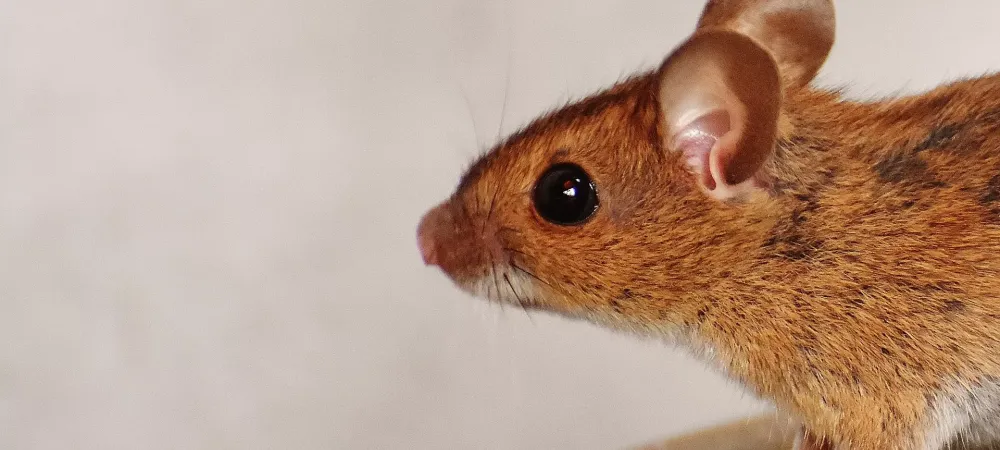How to Get Rid Of Mice in Your Home

Mice may be cute, but don’t be fooled—these rodents can wreak havoc if they take up residence in your home. As the weather grows colder, mice and other creatures seek warmth, which means you may find yourself sharing space with unwanted house guests. In addition to being destructive to your property, mice can also introduce health hazards to people and pets. Direct contact with mice or their droppings may result in the transmission of Lyme Disease, salmonella, leptospirosis, and a variety of other illnesses. Learn more about how mice enter your home in the first place and how to keep them out for good.
Facts About Mice
- Mice invade an estimated 20 million homes in the United States every year. Typically between October and February looking for shelter from the cold.
- Mice can squeeze through an opening the size of a dime. Make sure to foam seal or caulk any areas they might be able to get in. Pay special attention to the areas around utility pipes.
- Females can have approximately a dozen babies every three weeks. This could be as many as 150 in a single year!
- Mice have big appetites and eat about 15-20 times a day. They will definitely go wherever the food is!
- Mice spread more diseases than you know. Salmonella and Hantavirus are just the beginning. Mice can carry over 200 human pathogens!
Signs You Have A Mice Infestation
Mice prefer to forage at night, avoiding contact with humans, so it is important to recognize the signs of a potential mice infestation because you likely won’t see them running around. Look out for these signs:
- Chewed food packaging: Mice have insatiable appetites, eating 15-20 times per day! They have a keen sense of smell and will gnaw through paper and plastic to find their next meal.
- Black, brown, or gray droppings the size and shape of a grain of rice: Mice expel up to 100 droppings per day, often leaving a trail of evidence of where they’ve been.
- Ripped paper or cardboard: Once they enter your home, mice begin assembling materials like shredded paper to build a nest.
- Small teeth marks on wooden surfaces like baseboards, cabinets, and doors: Mice have strong jaw muscles, which enable them to chew through wood to reach their target.
- Mouse nests: Mouse nests look similar to bird nests and are constructed using things found around your home. Mice build nests for their offspring. They are capable of reproducing at the rate of a dozen babies every few weeks! Learn how to identify a mouse nest.
How Mice Get Inside
Mice find their way into your house through even the smallest openings. The shape of their bodies allows mice to squeeze through holes a quarter of an inch in diameter - that’s about the size of a dime! Not only can mice contort their bodies, they are also strong jumpers and swimmers. Once a mouse has found a way into your home, it never forgets the path it took. Some common locations mice enter your home are:
- Holes in walls, floors, and ceilings
- Gaps around pipes
- Openings in the roof
- Bathtub and sink drains
- Garage doors
- Vents and chimneys
- Cracks in your home’s foundation
How to Keep Mice Out Of Your Home
Even the cleanest homes can attract mice in search of food and a place to build a nest, especially during the colder months. Once they get inside, it can be difficult to rid your home of mice. So what steps can you take to prevent mice from invading your home?
- Seal gaps and cracks with caulk or foam gap filler.
- Plug holes with steel wool.
- Keep food in airtight hard plastic containers.
- Place screens or grates over vent and drain openings.
- Repair cracks and holes in your home’s construction.
The most effective way to make sure your home stays rodent-free is to hire a licensed pest professional. At A-Action Pest Control, our team of expert rat and mouse exterminators can help you get rid of existing rodent problems and keep them from coming back.

